Western Bulk Herbs – Bilberry Leaf
Bilberry has been shown to have marvelous anti-aging properties in both its fruit and leaves. Studies show it has the ability to strengthen connective tissue and prevent and treat glaucoma. It inhibits the destructions of collagen and increases blood circulation to peripheral blood vessels and the brain, reduces inflammation and pain, and relieves muscle spasms.
Bilberry has widely been used to prevent complications from diabetes because it can balance blood sugar. Known for its ability to treat retinal problems from poor blood circulations it has also been used for varicose veins, to strengthen capillaries and reduces blood clotting.
Along with its ability to improve night vision, bilberry has been used for urinary tract infections, kidney stones, and atherosclerosis. It has also been shown to control and prevent retinal hemorrhaging, brain disorders, kidney hematuria, and bleeding gums.
Latin Name:
Vaccinium myrtillus
Common Names:
European blueberry, Airelle, Bilberry Fruit, Bilberry Leaf, Black Whortles, Bleaberry, Blueberry, Burren Myrtle, Dwarf Bilberry, Dyeberry, Huckleberry, Hurtleberry, Myrtilli Fructus, Trackleberry, Whortleberry, Wineberry.
Parts Used:
Fruit and leaves.
Properties:
Bilberry leaves are recognized as cool, astringent, antiseptic, circulatory, diuretic, antioxidant, anti-inflammatory, and refrigerant.
Traditional Uses:
Studies on Bilberry have shown it to have antispasmodic, antiseptic, antioxidant, astringent, diuretic, kidney, and sedative properties.
Internal Applications:
Due to their ability to improve circulation, Bilberries are used to strengthen and improve eyesight, to treat various vision disorders, as well as varicose veins. The berries have also been used in the treatment of diarrhea and dysentery. The leaves are an effective remedy for regulating blood sugar and of great value in diseases of the bladder and kidneys, strengthening and imparting tone to the urinary passages.
Topical Uses / Applications:
Ideally, the leaves and berries could be incorporated into salves, ointments, or other external uses in the treatment of varicose veins. A decoction of the leaves or bark of the root may be used as a local application to ulcers, and in ulceration of the mouth and throat.
Culinary Uses:
The berry can be incorporated into jams, jellies, syrups, juices, wines, and so forth. Stewed with a little sugar and lemon peel in an open tart, Bilberries make a very enjoyable dish.
Chemical Properties:
Benzoic acid, caffeic acid, epicatechin, Epigallocatechin (EPCG), gallic acid, hydroquinone, quinic acid, isoquercetin, quercetin, tannins and anthocyanides
Cautions:
Although Bilberry fruit and leaves are considered to be quite safe by many herbalists, it is speculated that high doses of bilberry have the potential to enhance the activity of warfarin and antiplatelet drugs.
Folk Lore:
The bilberry has a long history of medicinal use. Hildegard of Bingen wrote 900 years ago to recommend the use of bilberries to treat amenorrhea. Renaissance physicians used bilberries to treat conditions ranging from kidney stones to typhoid fever.
Traditionally, strong decoctions have also been used as an astringent for treatment of diarrhea and dysentery. The English used it as a dye for wool due to its wonderful dark blue/purple coloring. During WWII British Royal Air Force Pilots reported that a dollop of bilberry jam just before a mission improved their night vision. Magical uses include protection. Place some berries beneath the doormat to keep undesirables away from your property.
*Disclaimer: These statements have not been evaluated by the Food and Drug Administration. This product is not intended to diagnose, treat, cure or prevent any disease.
Resources:
PDR for Herbal Medicines, 2000. Medical Economics Company, Montvale, New Jersey.
The New Holistic Herbal. David Hoffmann, 1990. Barnes and Noble Books, New York.
A Modern Herbal, Mrs. M. Grieve, (Dover Publications, New York, 1971)
Major Herbs of Ayurvedic.Compiled by Dahur Research Foundation and Dahur Ayurvet Limited, Ghaziabad, India., 2002. Churchill Livingstone, London, England.
Chinese Herbal Medicine: Materia Medica, Third Edition, Dan Bensky and Andrew Gamble, 1986. Eastland Press, Seattle, WA.
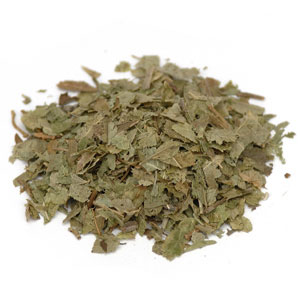
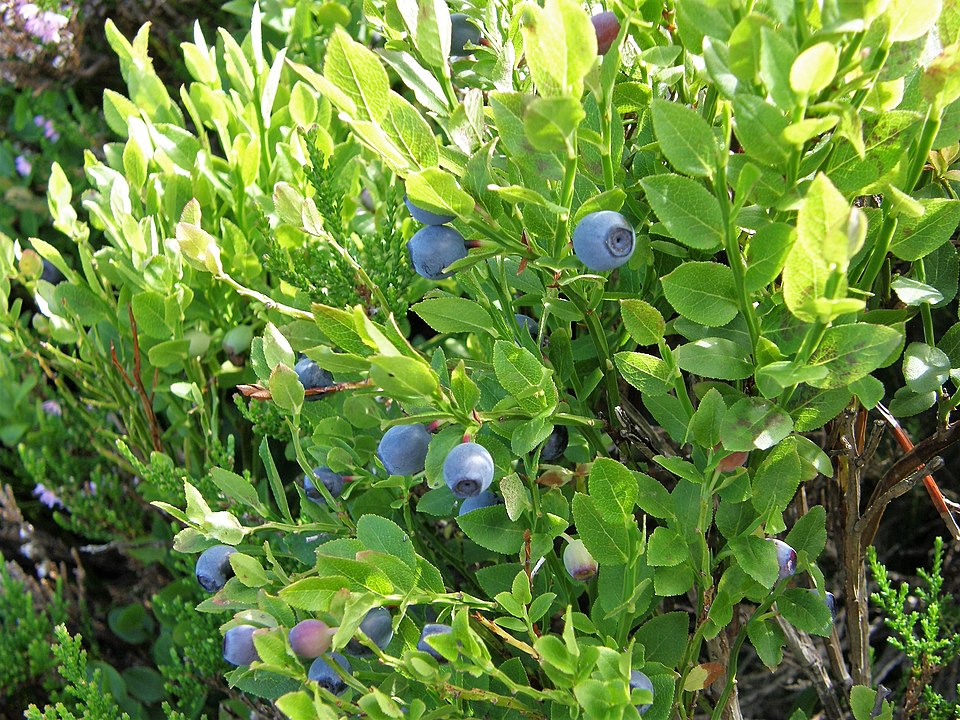

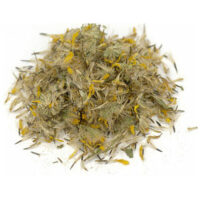
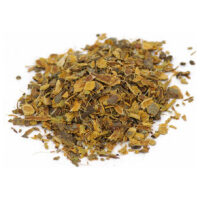
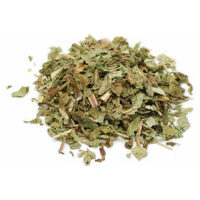
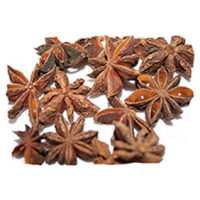
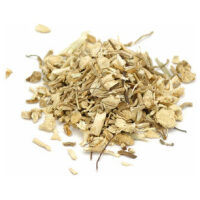
Reviews
There are no reviews yet.